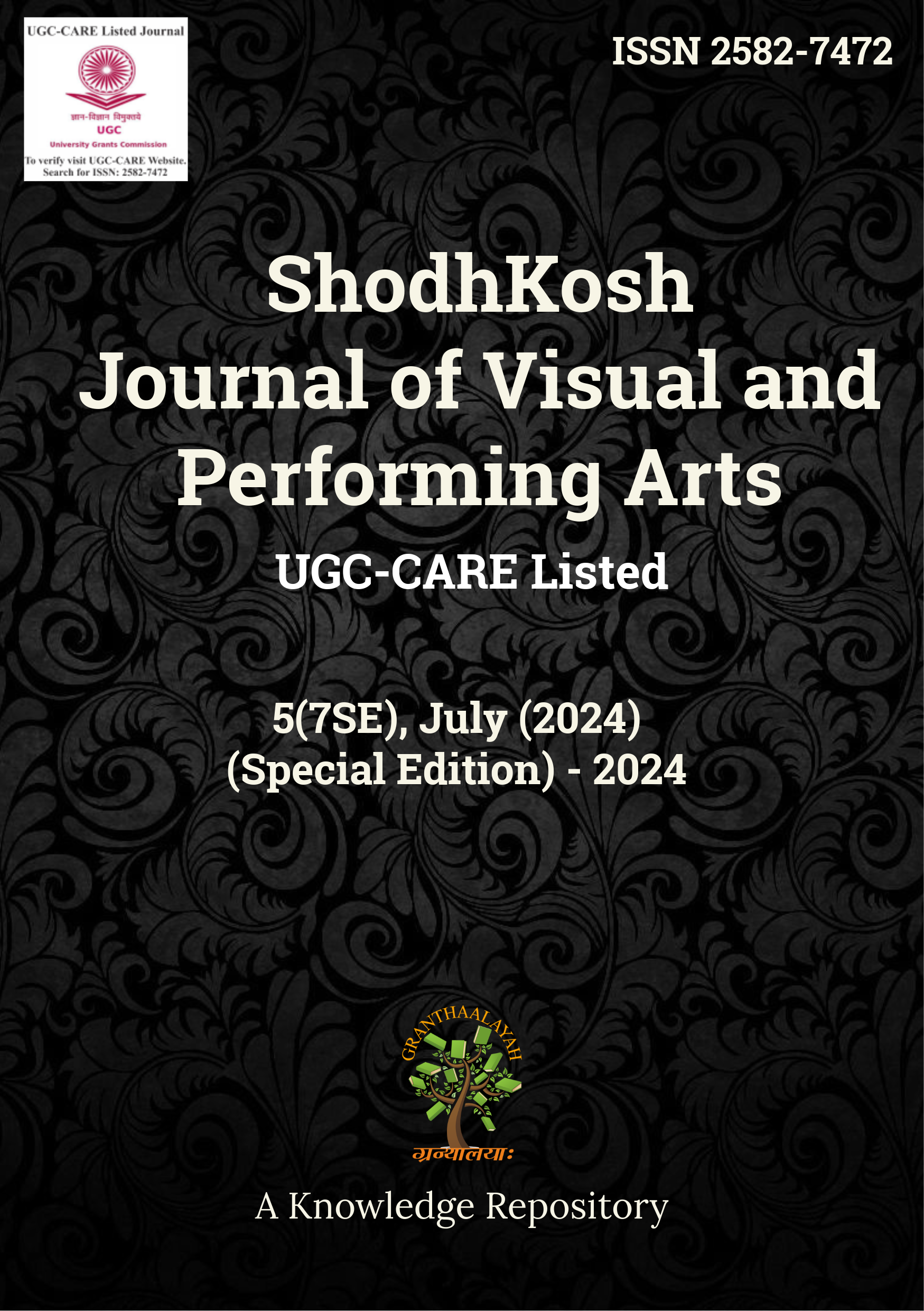SIGNIFICANCE OF YOGA AND MEDITATION IN INDIAN TRADITIONAL GAME MALLKHAMB
DOI:
https://doi.org/10.29121/shodhkosh.v5.i7SE.2024.5854Keywords:
Mallkhamb, Traditional Game, Hanging Wooden Pole, RopeAbstract [English]
Yoga’s incorporation of meditation and breathing can help to improve a persons mental and physical well being. regular yoga practice creates mental clarity and calmness, increases body awareness, relaxes Mind, sharpens concentration, increase flexibility and muscle strength.Yoga is the process of gaining self enforcement, self realization and self improvement.
Practice of yoga brings up number of benefits to sports person and sports itself. yoga and meditation have been given prominence at the international level. yoga and meditation play very crucial role in Indian traditional game mallakhamb.
Mallakhamb is a traditional sport, originating from the Indian subcontinent, in which a gymnast performs aerial yoga or gymnastic postures and wrestling grips in concert with a vertical stationary or hanging wooden pole, cane, or rope. The word Mallakhamb also refers to the pole used in the sport.
Yoga and meditation are closely related to mallakhamb. Yoga Asanas are Performed on mallakhamb. with the practice of meditation Asanas which need concentration, stability can be easily presented on the mallakhamb.The purpose of the study is to analyse the significance or uses of yoga and meditation in traditional game mallakhamb.
References
Anand Sri:, “The Complete Book of Yoga" Harmony of the Day and Mind,Madrasa Road, Kashmere Gate, Delhi-11006.0rient Paper Books (1981).
Bal, B.s,kaur,P.J and Singh,D.-“Effect of Six week rope mallakhamb training on 16 speed of movement, vital capacity add peak expiratory flow rate,” Brazilian journal of biomotricity 6:1 (2012):25-32
BASTILLE J.V.; K.M.GILL-BODY. A yoga-based exercise program for people with chronic poststroke hemiparesis. Phys.Ther. v.84, p.33-48, 2004. DOI: https://doi.org/10.1093/ptj/84.1.33
Bhardwaj J., “Effect of Hatha Yoga on heart rate and breathing rate” (1996).
Bhole, ML V., and Karambelkar, P. V,. “Effect of yoga training on vital capacity and Breath holding time”. Yoga Mimansa, 14 3 and 4,19 - 26 (1971 -72).
Brutt, Jan. “Mallkhamb:an Investigation into the Indian physical practice of rope and pole mallakhamb, International Journal of the arts in society, 5:3(2010):29-38 DOI: https://doi.org/10.18848/1833-1866/CGP/v05i03/35863
Cartney, James MC. “Yoga the Key to Life”. London: Rider and co
Malathi A., Damodaran A., Shah NL, Patil N., Maratha S., “Effect of Yogic practices onsubjective well being”.Indian Journal of Physiology and Pharmacology. 44(2):202-6 (2000).
Downloads
Published
How to Cite
Issue
Section
License
Copyright (c) 2024 Dr. Suresh Nalawade, Tushar Krishnat Powar

This work is licensed under a Creative Commons Attribution 4.0 International License.
With the licence CC-BY, authors retain the copyright, allowing anyone to download, reuse, re-print, modify, distribute, and/or copy their contribution. The work must be properly attributed to its author.
It is not necessary to ask for further permission from the author or journal board.
This journal provides immediate open access to its content on the principle that making research freely available to the public supports a greater global exchange of knowledge.































